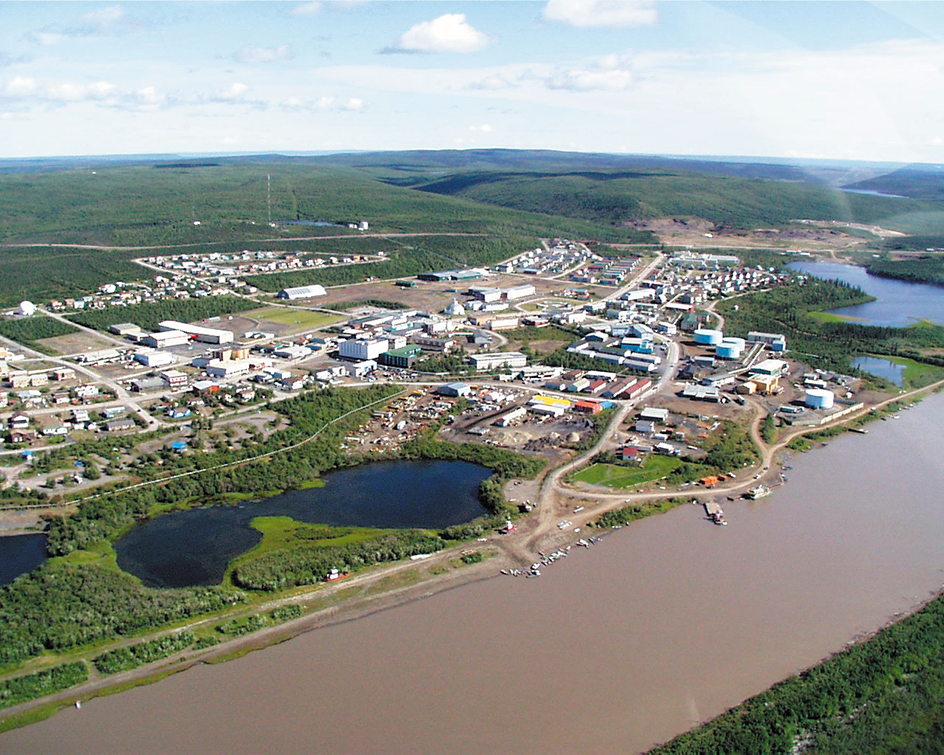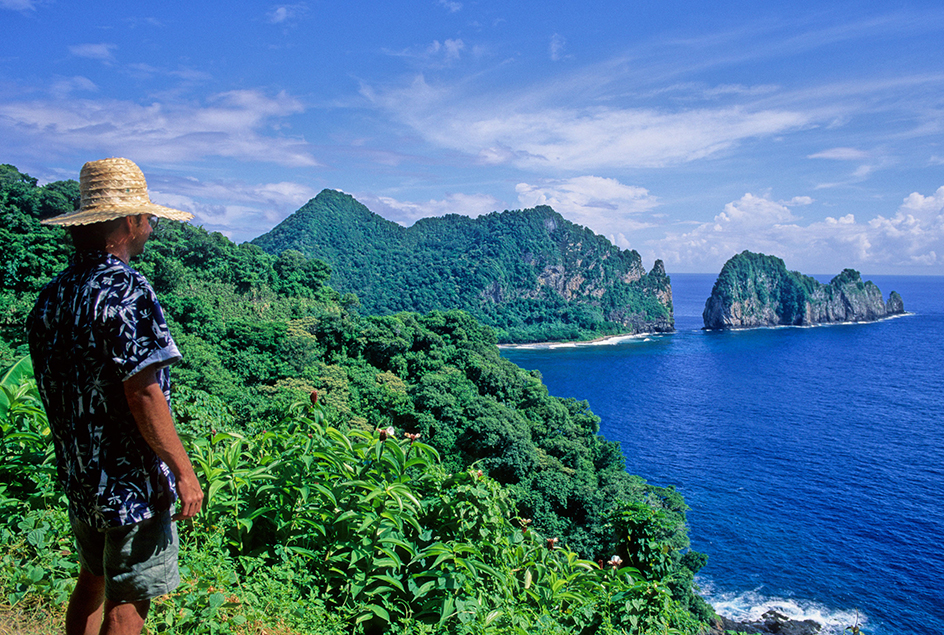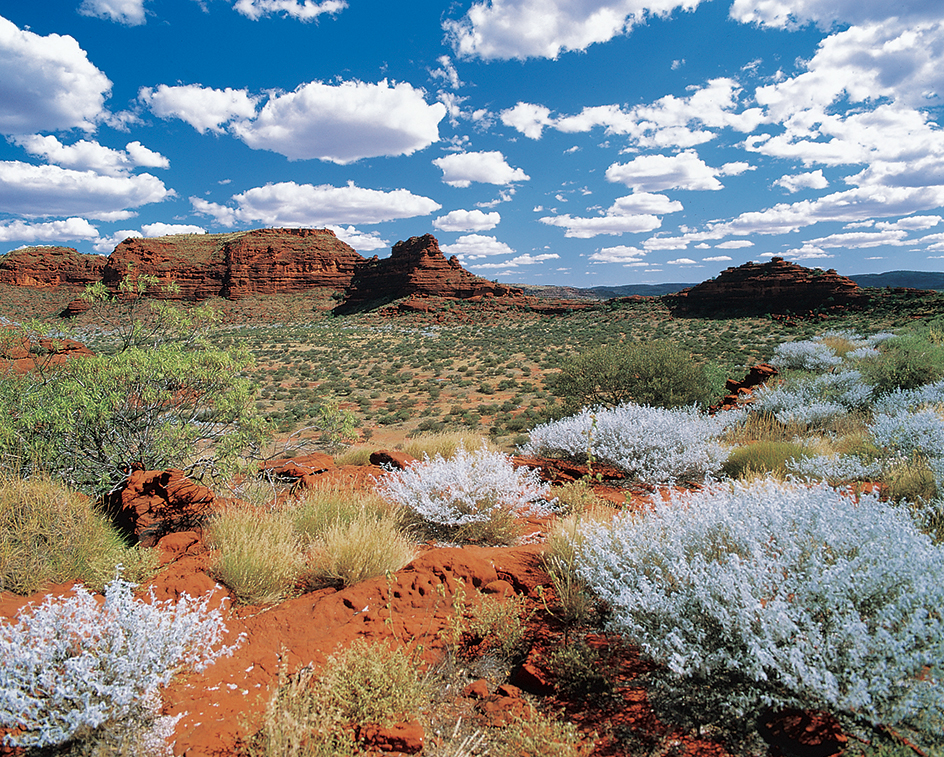Territory is a type of region that belongs to or is controlled by a country or other independent political unit. In countries with a federal government, such as Australia, Canada, and the United States, territories rank below states or provinces. In these countries, the national government establishes separate governments for the individual territories. In most cases, the territories have no representation in the national government. The territories have varying degrees of self-rule.

Territories in the United States
The United States has three main territories—American Samoa, Guam, and the U.S. Virgin Islands. It also has possession of several island territories in the Pacific Ocean, including Midway Island. For many years, the United States had many more outlying territories. Two of them, Alaska and Hawaii, became states. One, the Philippines, became an independent country. Two others, Puerto Rico and the Northern Mariana Islands, became U.S. commonwealths. Commonwealths have their own constitutions and face fewer restrictions than territories. See Philippines, History of the; Puerto Rico (Government); Northern Mariana Islands, Commonwealth of the.
From 1947 to 1994, the United States administered the Trust Territory of the Pacific Islands under an agreement with the United Nations. The trust territory originally consisted of the Caroline Islands, the Marshall Islands, and all the Mariana Islands except Guam. The trust territory ceased to exist when Palau, the last remaining member, became independent in 1994. See Pacific Islands, Trust Territory of the; Palau
In the United States, territorial government is older than the Constitution. In 1787, under the Articles of Confederation, Congress passed the Northwest Ordinance, setting up the first American territory, the Northwest Territory (see Northwest Territory). This action set the pattern for how Congress would govern territories and provide for their eventual statehood. The Constitution of the United States, also written in 1787, provides that “new States may be admitted by the Congress into this Union.” Accordingly, Congress has full control over the admission of territories. All but 19 states—the original 13 and 6 others—were once territories.
Up to 1867, Congress always set up territories in mainland areas on the frontiers of the United States. Alaska, bought from Russia in 1867, was the first area not directly connected with the rest of the states. Gradually, the United States gained other distant territories, most of them after the Spanish-American War of 1898. These new territories presented special problems. For example, the new territories were far away, and their peoples had little or no experience of democratic self-government. In addition, most people in the territories had different ethnic and cultural backgrounds than the majority of Americans. For these reasons, Congress was unwilling to consider the territories for statehood and was reluctant to extend to their residents all the protections provided by the Constitution.
As a result, in the Insular Cases of 1901, the Supreme Court of the United States drew a distinction between incorporated and unincorporated territories. It held that all rights guaranteed by the Constitution applied in incorporated territories. In unincorporated ones, only fundamental rights applied—as distinguished from formal or procedural rights, such as the right to negotiate or to petition. Congress has the power to decide whether a territory has incorporated or unincorporated status. Incorporated territories may become states. Unincorporated territories may not. A third class of territories includes wholly unorganized and unincorporated territories. These territories are controlled by executive branch officials, not by Congress.
The territories of American Samoa, Guam, and the Virgin Islands each elect one delegate to the U.S. House of Representatives. However, the delegates may vote only in House committees.

Territories in other countries
A number of countries besides the United States have territories. For example, Canada has three territories, all in the northern part of the country. They are the Northwest Territories, Nunavut, and Yukon. The United Kingdom has a number of territories called overseas territories, including Anguilla, Bermuda, the British Virgin Islands, the Cayman Islands, the Falkland Islands, Gibraltar, Montserrat, the Pitcairn Islands, St. Helena, and the Turks and Caicos Islands. Australia has two self-governing mainland territories, the Australian Capital Territory (ACT) and the Northern Territory, which are represented in the federal Parliament. Australia has several additional territories, including Christmas Island in the Indian Ocean and Norfolk Island in the South Pacific Ocean. India’s territories are known as union territories. They are Chandigarh, Dadra and Nagar Haveli and Daman and Diu, Delhi, Jammu and Kashmir, Ladakh, and Puducherry; as well as the Andaman and Nicobar Islands in the Indian Ocean and Lakshadweep in the Arabian Sea.

